Heart-leaved or Blue Wood Aster
paulakparker
16 years ago
Related Stories
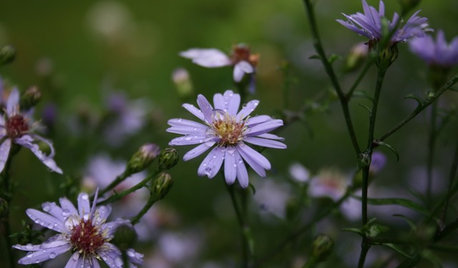
FLOWERS6 Overlooked Asters for Tough Spots
Whether your garden has baking sun or dry dense shade, boggy soil or sandy gravel, there's an aster for that
Full Story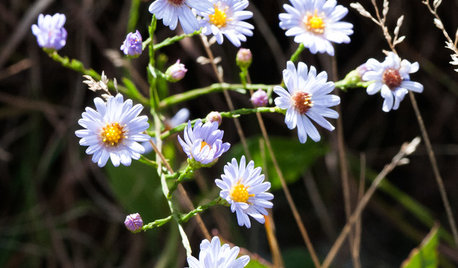
GARDENING GUIDESGreat Design Plant: Skyblue Aster (Symphyotrichum Oolentangiense)
This showy aster tolerates dry conditions and brings in the pollinators with its violet-blue flowers in fall
Full Story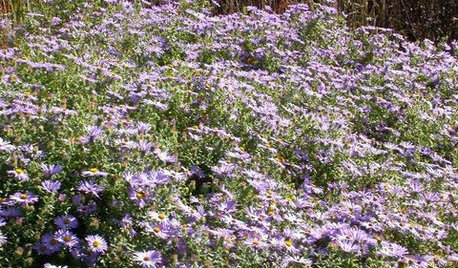
GARDENING FOR BUTTERFLIESGreat Design Plant: Aromatic Aster Keeps on Blooming
Tough as nails, drought loving, a deep fall bloomer ... this aster is a champ in sunny gardens
Full Story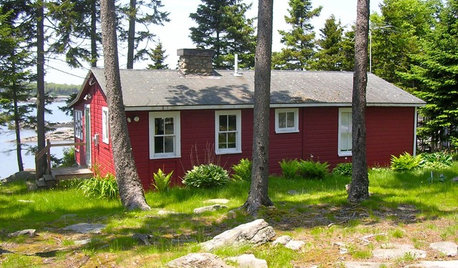
Places in the Heart: A Postcard from Maine
Weathered Wood, Windowboxes and Glorious Gardens Contribute to Maine's Mid-Coast Charm
Full Story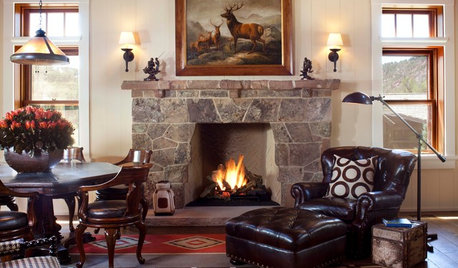
HOUZZ TV FAVORITESHouzz TV: Flickering Virtual Fireplaces to Warm Your Heart
Sit back and enjoy a crackling fire set to seasonal music and surrounded by ideas for your own dream living room
Full Story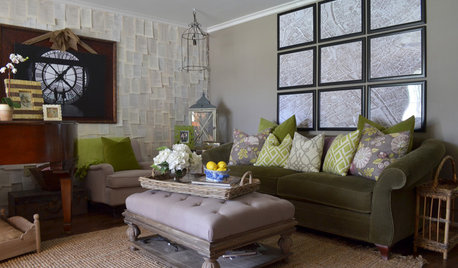
HOUZZ TOURSMy Houzz: A DIY Gold Mine in the Heart of Texas
From a sawn-down sleigh bed to book pages as wallpaper, the projects in this home are a testament to the homeowners' ingenuity
Full Story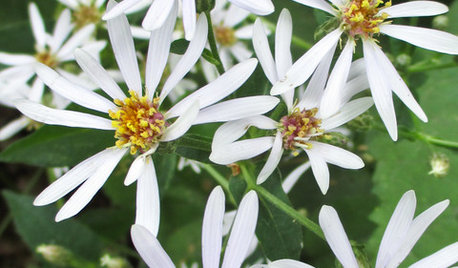
GARDENING GUIDESGreat Design Plant: Eurybia Macrophylla Fills a Void
Plant bigleaf aster in late fall for late-summer color in the shade garden
Full Story
COLORConsider Giving Your House a Big Bolt of Blue
From fresh, vivid turquoise to power-packed cobalt, blue is a great way to lift a neutral color palette
Full Story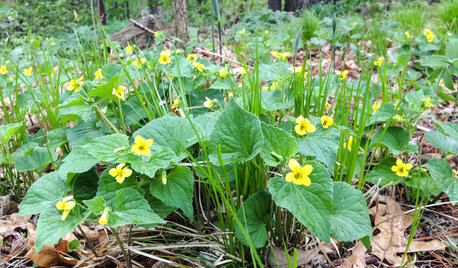
GARDENING GUIDESGreat Design Plant: Viola Pubescens Dots Woodlands With Yellow
Plant downy yellow violet in eastern U.S. woodland gardens for its heart-shaped leaves and bright yellow flowers
Full Story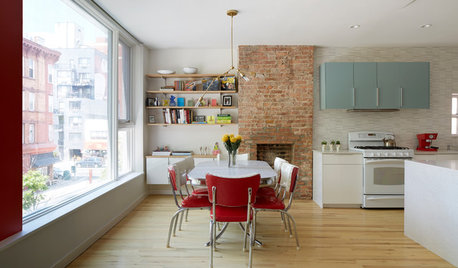
TOWNHOUSESHouzz Tour: Color and Light Transform a Brooklyn Townhouse
Bright red and robin’s egg blue accents set off white walls and wood floors in this bright New York family home
Full StorySponsored






brandon7 TN_zone7
LauraKM
Related Professionals
Canton Landscape Architects & Landscape Designers · Beachwood Landscape Contractors · Beverly Hills Landscape Contractors · Fairhope Landscape Contractors · Goodlettsville Landscape Contractors · Inglewood Landscape Contractors · Lantana Landscape Contractors · Roswell Landscape Contractors · Woodbury Landscape Contractors · Chicago Ridge Landscape Contractors · New Canaan Solar Energy Systems · Saratoga Springs Solar Energy Systems · Boise Roofing & Gutters · Memphis Roofing & Gutters · Cincinnati Roofing & GuttersSoeur